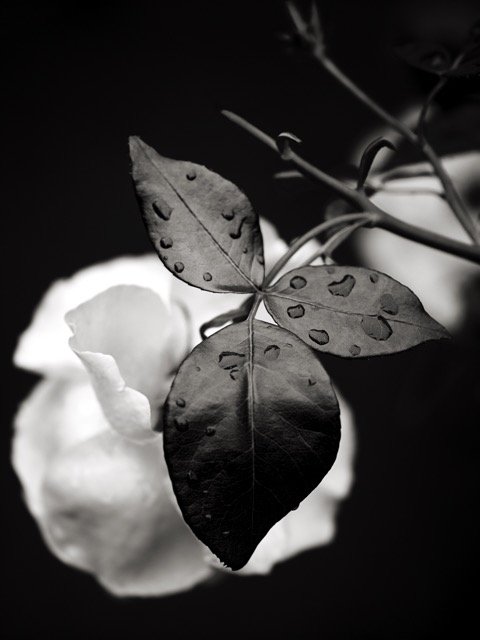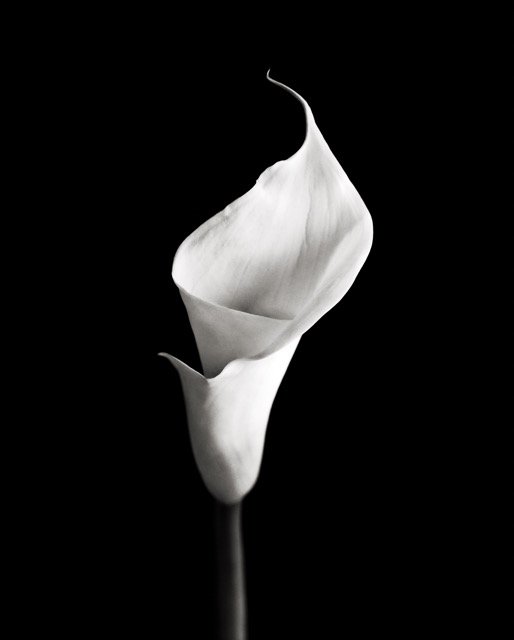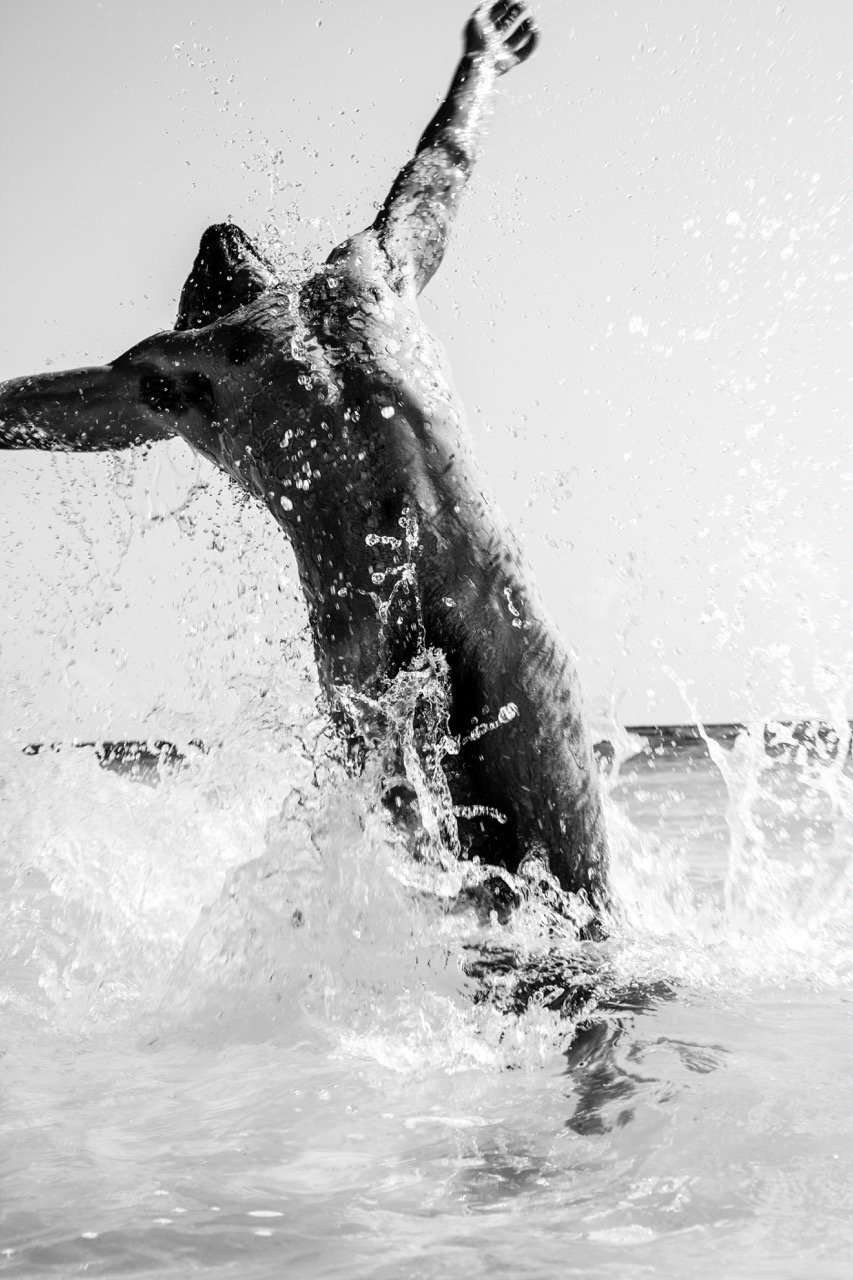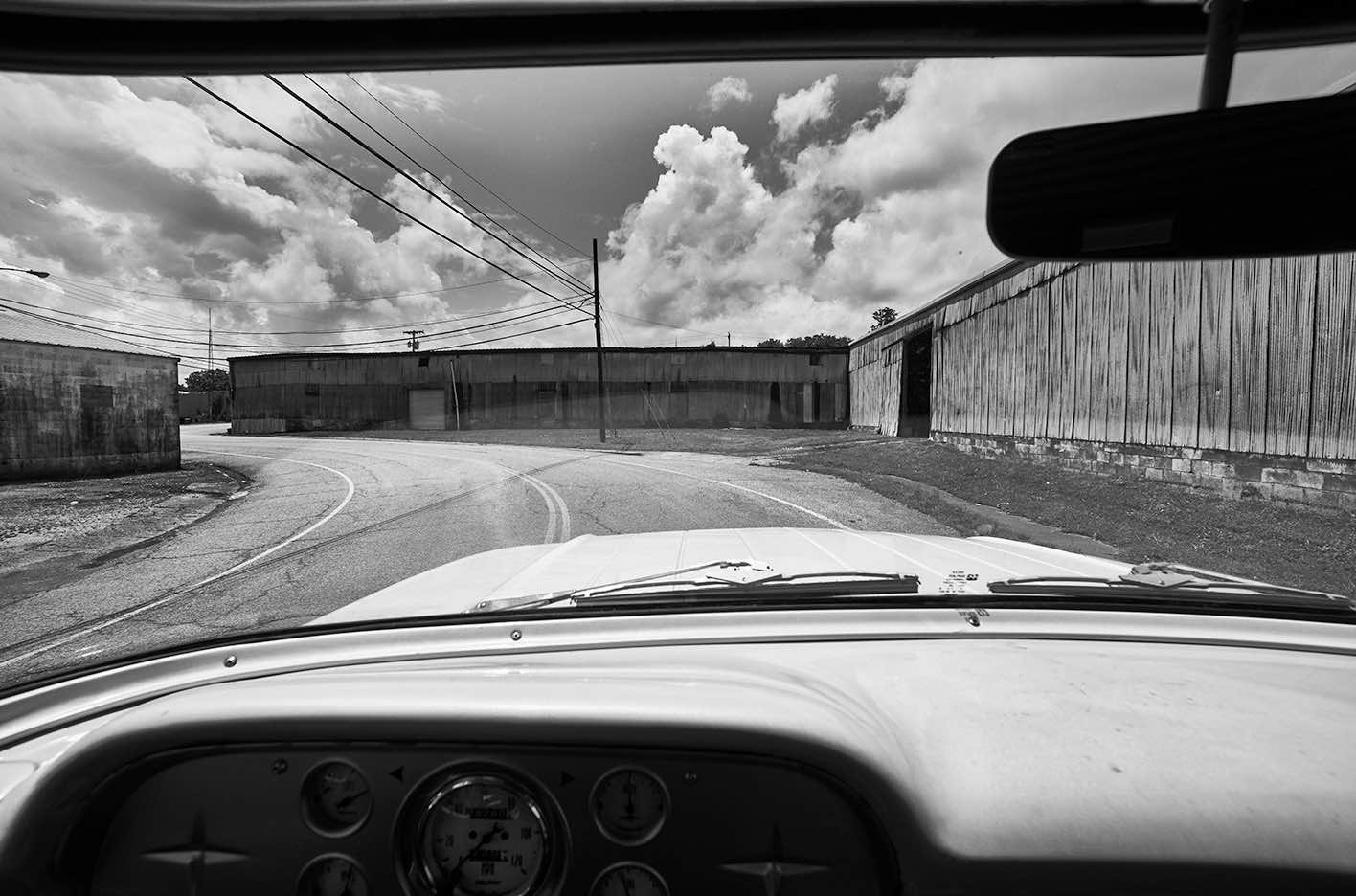Black & White
The history of black and white photography spans just as long as the history of photography. Black and white photography was the first and only type of imagery available early on and was developed in the 1820s, but the original invention was later revised and greatly improved upon in 1891. Color photography was first developed in 1861, but black and white images continued to rule long after this due to their classic look and cheaper processing costs. Most professional photographers today continue to utilize black and white imagery, often due to artistic preference, but also due to their archival durability, which tends to be more long-lasting than that of some color processing materials. Black and white images have been known to focus one's attention on different details than that of color photographs. The classical experience of black and white film and photography has remained broadly appreciated over time and holds specific nostalgia.
Black and white can affect the context provided within an image and manipulate the brain's perception of the scene, forcing the viewer to look at the photo a few moments longer before they are able to comprehend and recognize the visuals. The technique of using black and white imagery can reinforce the intensity of the photograph, enhancing the contrasts and emphasizing dynamics, but it may also beautifully do the opposite and bring softness to an image.
It can seem like an odd choice for fashion photographers to work in black & white and for fashion magazines to publish black and white images especially, since they are intended to market the garments. Monochrome images in fashion magazines can also be viewed as too artistic a choice for advertising. However photographers do everything deliberately and black and white can be an interesting editorial choice. Without the presence of color, shape is what a black and white images rely on most. In order for the viewer to process the scene being presented without color they must pause to recognize the shapes within the image for comprehension. Many publications have adopted this practice over the years and experienced worthwhile results.
Some photographers find that color can be distracting in certain images and draw the viewer's attention away from the subject. Many photographers gravitate towards black and white for portraits as opposed to color film. When photographing a portrait in black and white the subjects expression and emotions become the forefront of the image. The textures and shapes present take priority in a black and white image, therefore in portraiture utilizing black and white can allow the viewer to ignore any frills and immediately sense the raw emotion. black and white can simply help diminish the amount of distractions present.
Best photographers for Black & White photography:
French photographer Carrara is praised for the quality of his black and white photographs, first by Antoine Kieffer, who was Vogue France’s art director. With this recognition he went on to collaborate with legendary fashion photographers like Helmut Newton. Carrara’s black and white and monochromatic images can be categorized as simplistic and clear, yet complex in their comospistion. In his work titled Le Manege, 1996, Brighton, he strategically uses black and white in order to convey the contrast between melancholy and playful; the black and white intensifies the desolate feeling and is juxtaposed with the carousel.
- Antoine Verglas :
Verglas has an expertise in documentary style photography and uses black and white as a tool to make his photographs uniquely intimate and authentic, this has become known as the “Verglas signature.” In a series he shot featuring the most famous models of the time in the comforting setting of their own apartments, the Verglas signature is palpable. In an image titled Stephanie Seymour - Bath in New York, the supermodels delicate nature feels tangible. The entire collection of black white portraits project a feeling of sincerity and organic awareness, just as Verglas intended. The black and white choice for every image expertly reinforces his goal of realism and creates a unique personal experience for the viewer.
Black & White in fine art photography
Timeless and evocative, black & white photography strips away the distractions of color, bringing focus to the emotion, textures, and shapes within an image. Whether in fashion photography or portraiture, this classic style allows photographers to emphasize contrast and highlight the subject’s raw essence.
The Selects Gallery presents captivating black & white limited edition prints by renowned artists like André Carrara, Antoine Verglas, Rose Hartman, Richard Phibbs and Terry O'Neil, to name a few. Their fine art photography masterfully balance striking contrasts and minimalist compositions, making each image a powerful statement.
Explore our curated collection of monochrome photography that capture the beauty, elegance, and enduring allure of black & white imagery.
Discover how these stunning artworks bring a unique perspective to fine fashion photography, making them a perfect resource for collectors, interior designers and art enthusiasts alike.























































































































































































































































































































































































